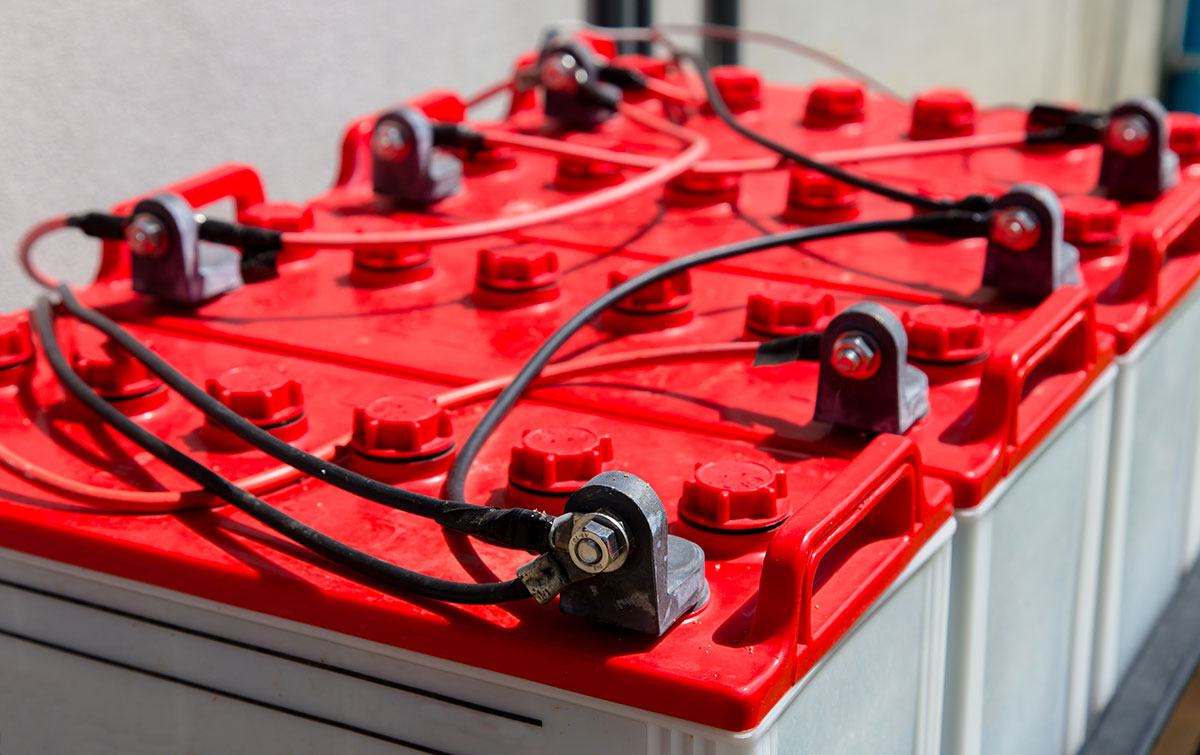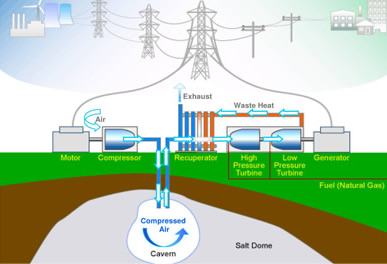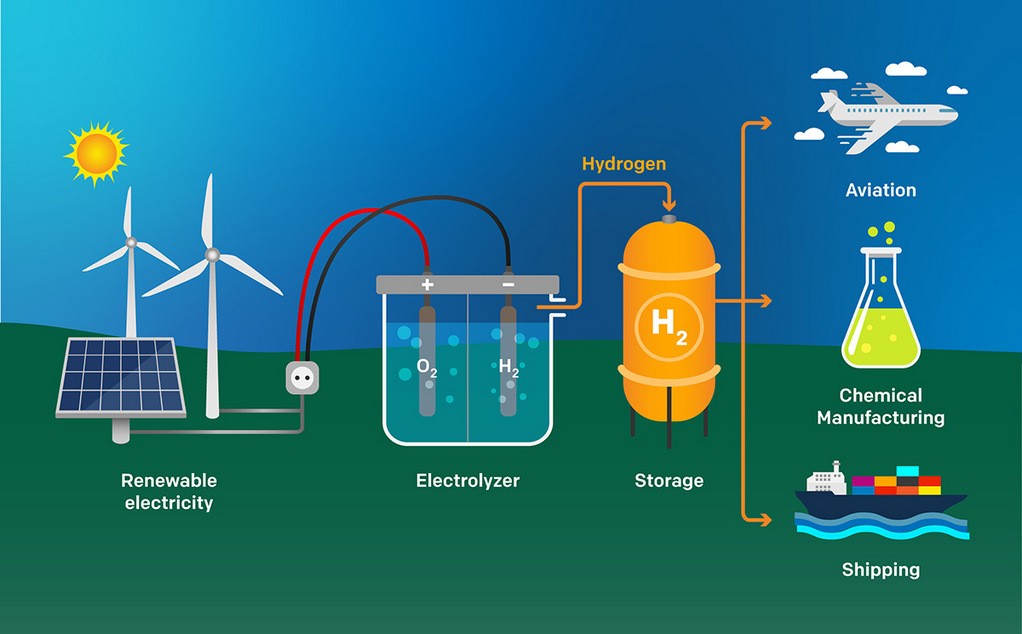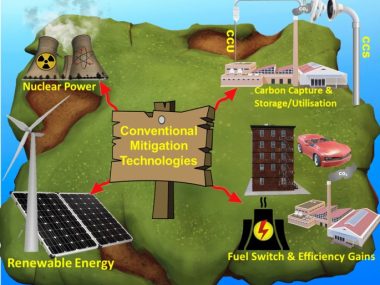Efficient storage of solar energy is vital to maintain a steady power supply, particularly when sunlight is scarce. Below are several effective approaches for accomplishing this task:
Battery Storage
Battery storage is the process of capturing solar energy when it is at its peak during daylight hours and storing it in rechargeable batteries. This ensures a dependable power supply during times of decreased sunlight, such as during the night or on overcast days.

Pumped Hydro Storage

Hydrogen Production
Electrolytic hydrogen production presents itself as a promising avenue for the storage of solar energy. The process involves the division of water (H2O) into its fundamental components, hydrogen (H2) and oxygen (O2), through the use of an electric current. This process takes place within an electrolyzer, which typically consists of two submerged electrodes separated by a membrane.
When solar-generated electricity passes through the water, hydrogen is released at the cathode, while oxygen is liberated at the anode. By harnessing solar panel-generated electricity, electrolysis utilizes a renewable energy source and eliminates the need for fossil fuels, making it a clean and sustainable method for hydrogen generation. Once produced, hydrogen gas can be stored in tanks or other containers. Its high energy density by weight makes hydrogen a compact and efficient medium for energy storage.
When there is a demand for energy, hydrogen can be directed into fuel cells, where electrochemical reactions between hydrogen and oxygen produce electricity, heat, and water vapor without emitting harmful substances. Hydrogen’s versatility extends beyond electricity generation and includes applications in transportation, heating, and various industrial processes. Its transportation through pipelines or trucks provides logistical flexibility.
However, challenges still exist. The production and storage of hydrogen face high initial costs, efficiency issues, and the need for infrastructure development. Ongoing research efforts aim to improve efficiency and reduce costs throughout the entire spectrum of hydrogen production, storage, and utilization. In conclusion, electrolytic hydrogen production offers a promising path for storing solar energy and facilitating the transition to a cleaner and more sustainable energy paradigm.
Flywheel Energy Storage
Flywheel energy storage is a technique used to store energy by harnessing the rotational momentum of a spinning mass. Here is how it functions:
Mechanism:
A flywheel, which resembles a large rotating disc or cylinder, is linked to a motor-generator setup. When excess energy, such as that produced by solar panels during peak production times, is available, the motor drives the flywheel to spin quickly, converting electrical energy into kinetic energy stored within the spinning mass.
Energy Storage:
The energy is stored in the form of rotational motion. The faster the flywheel spins, the more energy it retains. This energy remains stored until it is required. Utilization: When energy demand surpasses supply, the kinetic energy stored in the flywheel is transformed back into electrical energy. The motor-generator system operates in reverse, utilizing the rotational motion of the flywheel to produce electricity, which can be supplied to the grid or used locally.
Advantages:
Flywheel energy storage provides numerous advantages, including high efficiency, quick response times, and the ability to cycle frequently without deterioration. It can swiftly adjust to changes in demand, making it suitable for applications that necessitate rapid response times, such as frequency regulation on the electrical grid.
Applications:
Flywheel energy storage systems are employed in various applications, including grid stabilization, backup power for critical facilities, and uninterruptible power supplies (UPS) for data centers and other sensitive equipment.
Challenges:
Despite its benefits, flywheel energy storage encounters challenges, such as relatively limited energy density compared to certain alternative storage methods. This might necessitate larger and heavier flywheels to store substantial amounts of energy. Concerns also exist regarding bearing friction and potential safety hazards in the event of a catastrophic flywheel failure. In conclusion, flywheel energy storage presents a viable solution for storing solar energy and managing supply fluctuations.














